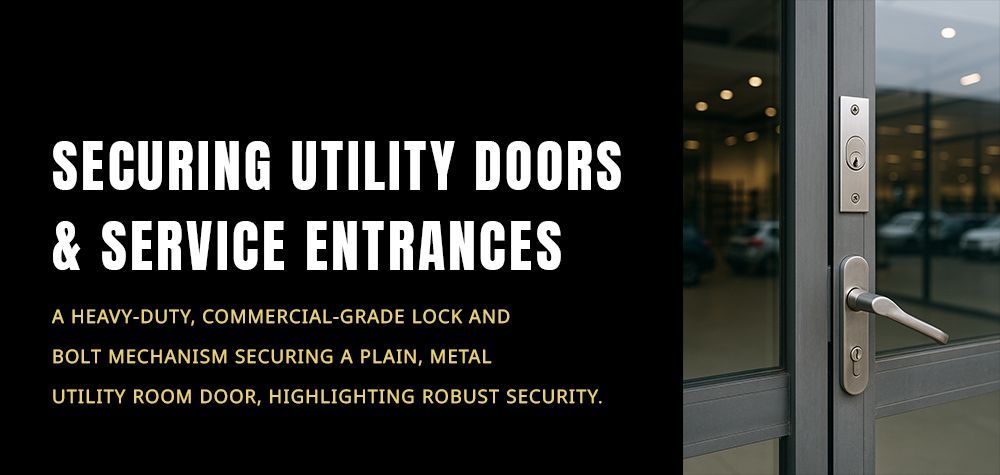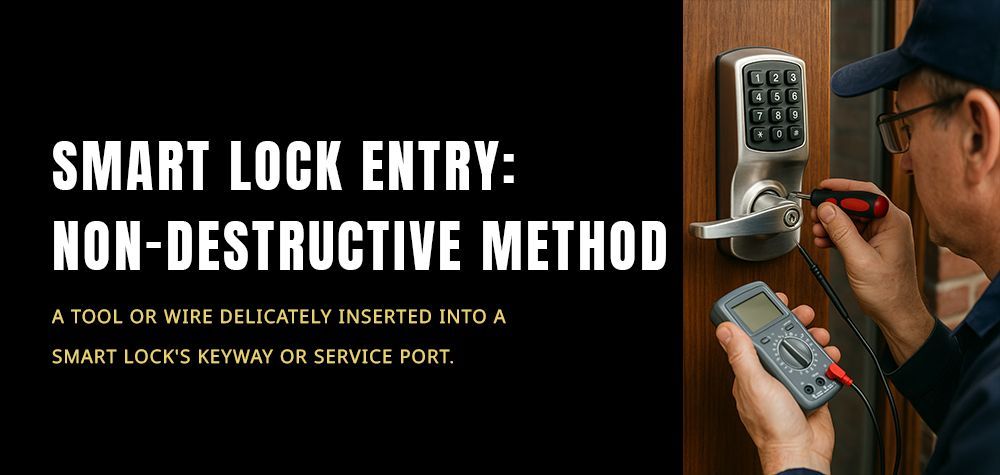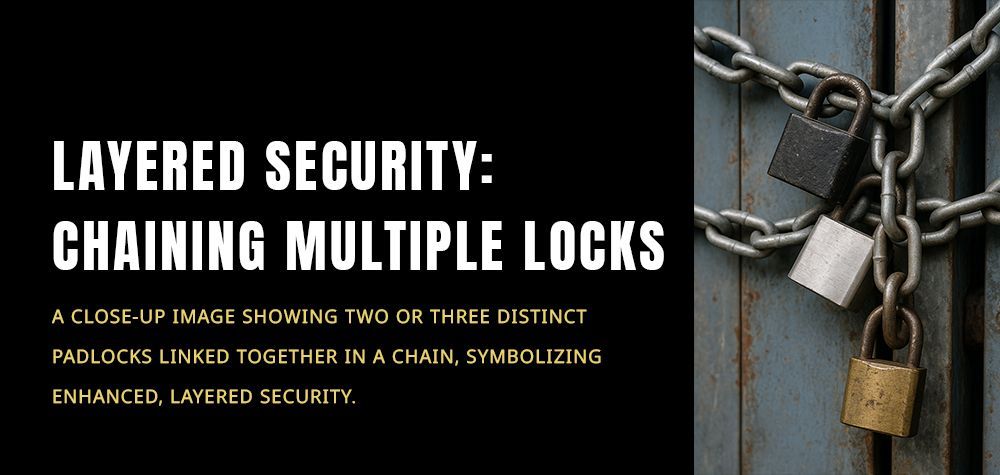Are Smart Locks Safe? A Deep Dive into Digital Security Risks
The rise of smart home technology has brought convenience to our fingertips, and smart locks are a prime example of this innovation. No more fumbling for keys or worrying about getting locked out—smart locks allow you to enter your home with just a tap on your phone or a simple voice command. But with convenience comes the question of security. Are smart locks truly safe, or do they introduce new vulnerabilities that traditional locks never had? This guide takes a deep dive into the security risks associated with smart locks, potential hacking threats, expert recommendations, and practical measures to keep your home safe.
15 Proven Car Theft Prevention Tips for Better Car Safety and Security
Understanding Smart Locks: How Do They Work?
Smart locks function using a combination of wireless communication, encryption, and authentication methods. Most operate via Bluetooth, Wi-Fi, or Zigbee connectivity, enabling remote access through smartphones, keypads, fingerprint scanners, or even voice recognition. Unlike traditional locks that rely on physical keys, smart locks integrate digital authentication methods to grant or deny access. This makes them highly convenient—but also potentially susceptible to cyber threats.
The Risks Involved in Using Smart Locks
1. Hacking and Cybersecurity Threats
One of the biggest concerns surrounding smart locks is their vulnerability to hacking. Cybercriminals can exploit weaknesses in the software, intercept Bluetooth signals, or gain unauthorized access through Wi-Fi vulnerabilities. If a hacker successfully infiltrates your smart lock system, they can unlock your door remotely, putting your security at risk. Unlike traditional locks, which require physical tampering, digital locks present a whole new avenue for cyber intrusion.
2. Power and Battery Failures
Smart locks rely on batteries or external power sources to function. If the battery runs out and there is no backup key access, homeowners could find themselves locked out. Similarly, a power outage affecting Wi-Fi connectivity may render some smart locks temporarily inoperable. While many smart locks have low-battery alerts, forgetting to replace the battery in time can be an issue.
3. Software Bugs and Malfunctions
Just like any other smart device, software glitches and technical malfunctions can impact a smart lock’s performance. Bugs in the system may prevent it from locking or unlocking properly, leaving users either locked out or exposed to unauthorized access. Regular firmware updates are crucial to keep the system running smoothly, but these updates can sometimes introduce new issues as well.
4. Dependency on Third-Party Apps and Networks
Most smart locks require a mobile app or cloud-based service for remote access. If the service provider experiences a security breach, all connected devices—including your smart lock—could be compromised. Additionally, if the company's servers go down or the app crashes, you might temporarily lose access to your lock, creating potential security risks.
5. Physical Tampering and Override Risks
Even though smart locks eliminate the need for traditional keys, some models still include keyholes for backup access. This means that if an intruder gains access to the backup key or tampers with the lock physically, they can still breach your home’s security. Additionally, if the lock itself is not properly secured to the door, forceful entry methods like lock bumping or drilling could still pose a threat.
How to Enhance Smart Lock Security
1. Use Strong, Unique Passwords
Many smart locks allow access via PIN codes or app-based authentication. Using strong, unique passwords and regularly updating them can prevent unauthorized access. Avoid predictable codes like birthdays or repeating numbers.
2. Enable Two-Factor Authentication (2FA)
If your smart lock app supports two-factor authentication, enable it. 2FA adds an extra layer of security by requiring both your password and a secondary verification method, such as a one-time code sent to your phone.
3. Keep Your Software Updated
Manufacturers frequently release security patches and software updates to fix vulnerabilities. Regularly updating your smart lock’s firmware ensures that you’re protected against newly discovered threats.
4. Secure Your Wi-Fi Network
Since most smart locks connect to the internet, securing your home Wi-Fi is essential. Use a strong password, enable encryption (WPA3 or WPA2), and consider setting up a separate network for smart devices to prevent cross-network hacking attempts.
5. Use Smart Locks with Backup Access Methods
Choose a smart lock that includes multiple access methods, such as biometric authentication, a physical key override, or an emergency power supply. This ensures that you’re never locked out due to battery failure or technical issues.
6. Monitor Access Logs
Many smart locks come with logging features that record every entry and exit. Regularly checking these logs can help you identify suspicious activity and ensure that only authorized users are accessing your property.
Are Smart Locks Safer Than Traditional Locks?
The answer depends on how they are used. While smart locks introduce digital vulnerabilities, they also eliminate risks associated with lost or stolen keys. Additionally, features like remote monitoring and temporary guest access codes make smart locks more convenient and adaptable to modern security needs. However, for those concerned about hacking, using a high-quality mechanical deadbolt in combination with a smart lock may provide the best of both worlds.
Expert Recommendations on Choosing a Secure Smart Lock
- Opt for reputable brands that prioritize security and regularly release firmware updates.
- Look for advanced encryption features to prevent hacking attempts.
- Consider biometric authentication for added security, such as fingerprint scanning.
- Read user reviews and expert evaluations before purchasing to ensure reliability.
Conclusion
Smart locks bring a new level of convenience and control to home security, but they also introduce digital risks that traditional locks never had. While hacking, software malfunctions, and battery failures are valid concerns, following proper security measures can significantly reduce these risks. With strong passwords, regular updates, and secure Wi-Fi settings, smart locks can be a safe and effective way to protect your home. Ultimately, the key to smart lock safety lies in understanding their vulnerabilities and taking proactive steps to secure them. When used wisely, they can be a reliable addition to your home’s security system.
Call Us Any Time!









